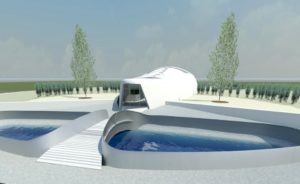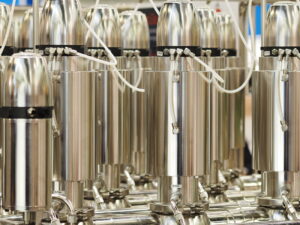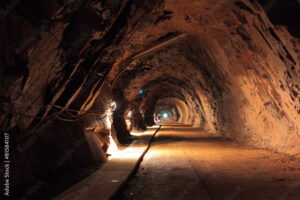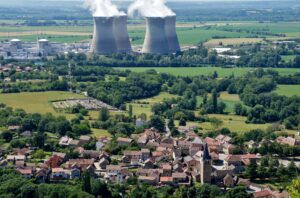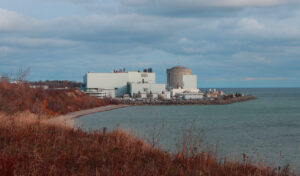As communities and industries grow, so does the demand for electricity, often in locations far from traditional power infrastructure. Small Modular Reactors, or SMRs, are changing the conversation about reliable, clean energy for various applications. These advanced and compact nuclear reactors are being considered for use in isolated locations, at the edges of our power grids, and even within the grids themselves.
Historically, communities and industries located far from major power lines have often depended on diesel generators. These work, but they have significant downsides. Diesel fuel needs to be constantly transported, which is costly and creates logistical challenges, especially in hard-to-reach places. Burning diesel also produces air pollution and greenhouse gases, contributing to climate change and impacting local air quality.
While renewable sources like solar and wind are excellent options for clean energy, they depend on the weather. When the sun isn’t shining or the wind isn’t blowing, these systems require backup power. This is often provided by those same diesel generators or large, expensive battery systems.
SMRs offer a better solution for off-grid locations like remote communities or industrial sites such as mines. Unlike diesel, an SMR can run for years on a single fuel loading. This drastically reduces the need for frequent, costly, and risky fuel deliveries.
SMRs also provide a constant, reliable source of power, unaffected by weather conditions. This is something renewables alone cannot currently do without extensive storage. Compared to the large footprint of vast solar farms or wind turbine arrays, SMRs require relatively little land.
We see growing interest from communities seeking energy independence and cleaner air. This interest is built on genuine partnership and a vision for a better future.
SMRs aren’t just for truly isolated spots, though. They’re also ideally suited for extending the power grid into new areas or strengthening the grid at its fringes. Building long-distance transmission lines is expensive and can be challenging environmentally and logistically.
Placing an SMR closer to where the power is needed can be a more efficient and less disruptive way to bring reliable electricity to growing regions. It can also support new industrial development at the edge of the existing network.
Beyond remote and edge settings, SMRs have a role to play within the main power grid itself. As older power plants that rely on fossil fuels are retired, SMRs can provide a steady, reliable source of clean electricity with a small footprint that fits into tight urban spaces. They can complement intermittent renewables like solar and wind by offering constant baseload power, helping to keep the lights on 24/7.
Because SMRs are designed with modern safety systems and can be built in factories, they can be added to existing grid infrastructure more flexibly than large traditional reactors. This represents an innovative way to update and decarbonize our power systems, ensuring a resilient and clean energy supply for everyone.
From providing reliable, clean power to remote communities through partnership, to strengthening the backbone of our national grids with innovative technology, Small Modular Reactors offer a versatile and vital component of the future energy mix.
We are excited about the potential SMRs hold and are actively working on plans, including for the Pinawa Demonstration Reactor, that will show how this technology can benefit communities and grids alike.


